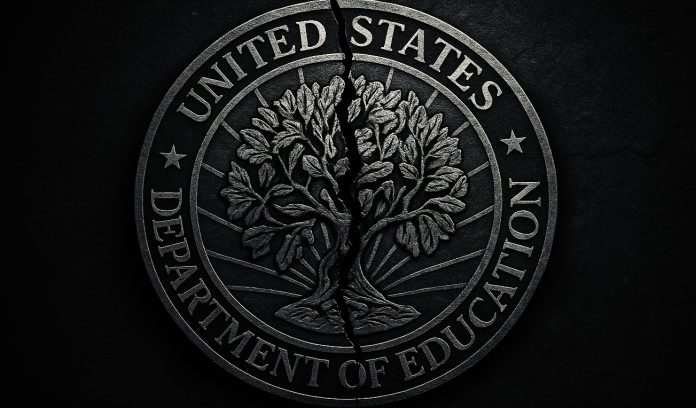Atlanta, GA – Medical billing and coding programs—one of the largest segments of allied health education—are expected to face major disruptions as federal loan and grant rules tighten in 2026. Many of these programs operate as short-term certificates, often within for-profit institutions, placing them squarely in the category most affected by the new standards.
According to federal guidance, billing and coding courses that are unaccredited, non-credit, under 150 hours, or structured as online exam-prep programs are not eligible for federal aid. Programs between 150 and 600 hours must now meet strict Workforce Pell criteria, which include at least a 70% completion rate, 70% job placement rate, and tuition not exceeding a program’s value-added earnings from prior graduates.
Beginning July 1, 2026, coding programs may also lose access to federal Direct Loans if graduates earn less than comparable workers with only a high school diploma—a new “low earnings outcomes” measure designed to cut funding from low-value programs.
Given long-standing concerns about uneven job placement and low median earnings in the coding sector, experts warn that a large number of programs could fail these standards, limiting options for students seeking affordable entry into healthcare administration.





